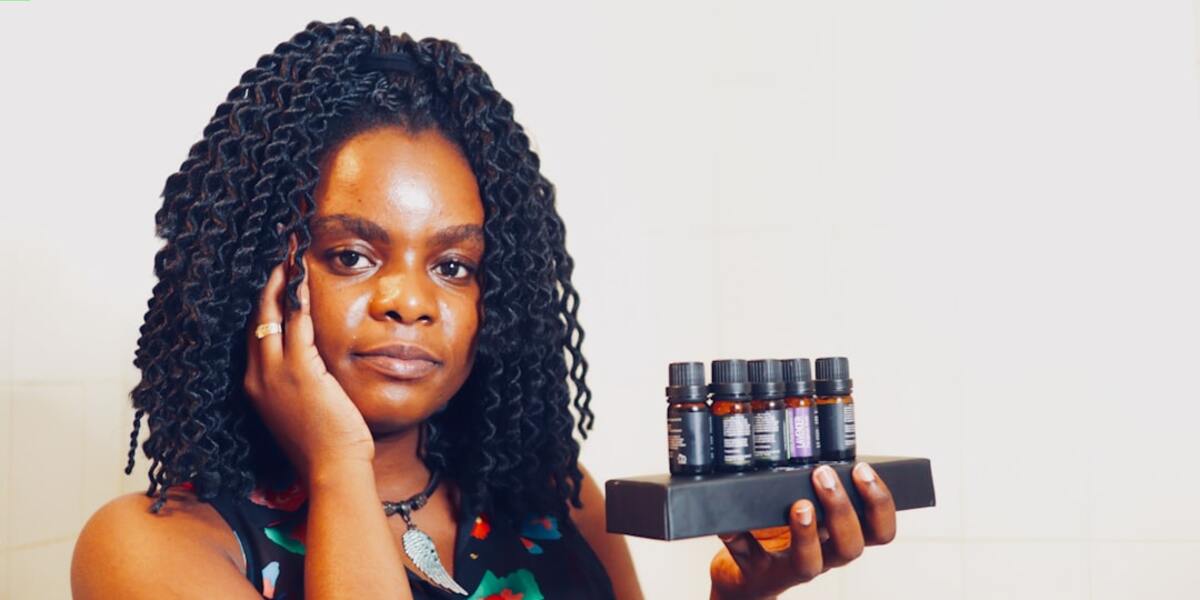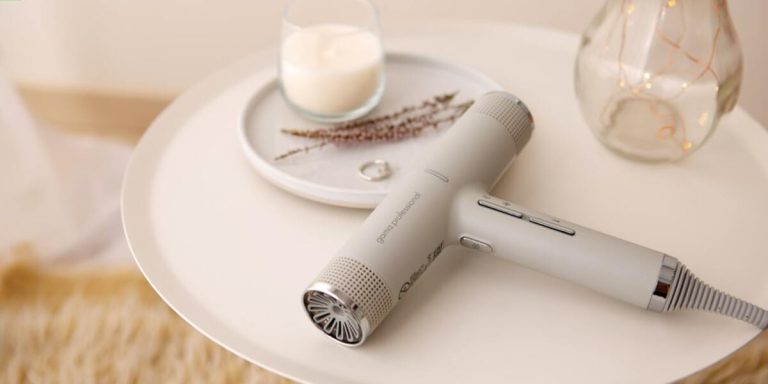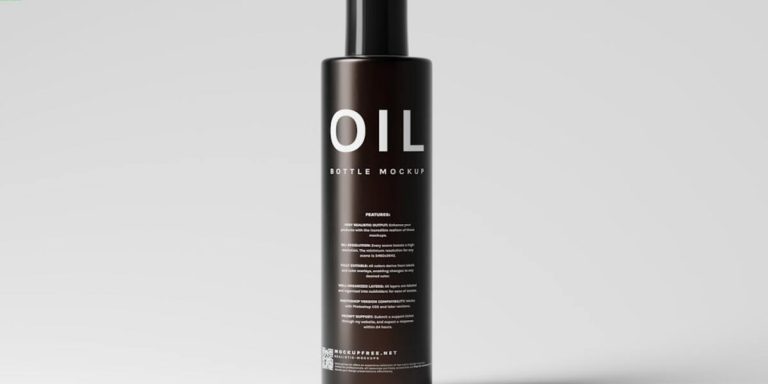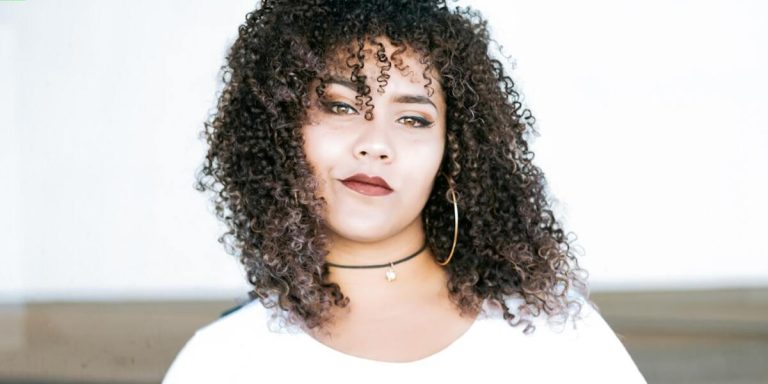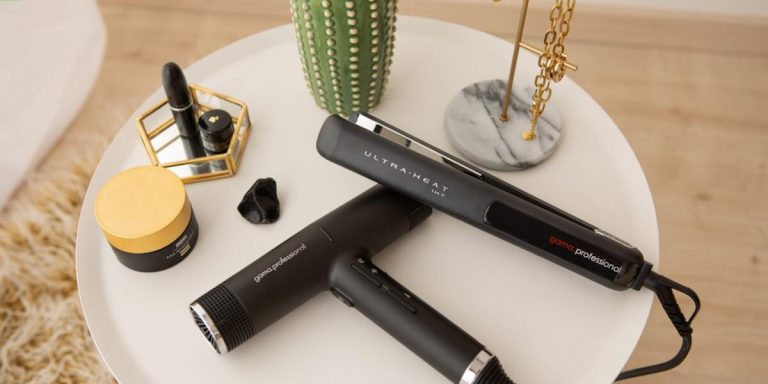Laser Regrowth Hair: Unveiling the Revolution in Treating Baldness
Facing hair loss can be both emotionally and physically daunting. With the advancement in technology, laser regrowth hair therapy has emerged as a revolutionary solution for combating baldness effectively. This non-invasive technique leverages low-level lasers or light-emitting diodes to prompt hair growth right at the cellular level.
With numerous options available today for treating balding, understanding which one is suitable could become overwhelming. The introduction of laser regrowth hair treatment proves promising not only in principle but also when it comes to actual results; offering an effective answer with minimal-to-no side effects while ensuring enhanced user convenience through its pain-free process.
Did you know?
Did you know that the concept of using lasers for hair regrowth was accidentally discovered in the 1960s by Hungarian physician, Endre Mester? He noticed accelerated hair growth and wound healing on mice treated with low-level laser light during his cancer research.
Understanding Laser Hair Regrowth Technology
Laser hair regrowth technology has come to the forefront in recent years, providing a beacon of hope for those battling thinning hair or baldness. This scientific breakthrough uses low-level laser therapy (LLLT) at specific wavelengths, which stimulates hair follicles and encourages new growth. The research suggests that this light energy gets absorbed by the weak cells within your scalp’s surface causing them to stimulate increased circulation and revive damaged tissues.
As 2023 dawns upon us, it is exciting how far we have advanced in understanding and utilizing “laser regrowth hair” technologies effectively. We now know exactly what wavelength range works best for most individuals – between 630 to 670 nanometers; thanks also go out to modern techniques that allow precision control over these parameters ensuring maximum results with minimum discomfort during sessions!
The fascinating part about LLLT is its non-invasive nature combined with minimal side effects when compared with traditional treatments such as surgery or medication—making sure you retain peace while fighting off an issue like receding tress lines! It’s no wonder why more people are turning towards this solution today; after all who wouldn’t want healthy strands growing back on their heads?
How Low-Level Laser Therapy (LLLT) Stimulates Follicular Growth
Low-Level Laser Therapy, commonly referred to as LLLT, signifies a turning point in modern hair regrowth solutions. This innovative treatment method utilizes the principle of Photobiomodulation. It might sound like a mouthful but stick with us – it’s not that complicated.
The technology uses laser lights which help stimulate old cells and encourage new growth by increasing blood flow to the scalp region. When we think about lasers, our minds often go straight towards visualizing an intense heat source, however low-level lasers offer something different. They produce what is known as ‘cold light’.
Not implying they are cool or frosty; rather these lasers do not release any form of heat energy at all.
This becomes extremely vital for your safety during the therapy session since you wouldn’t want high-temperature equipment near your head now would you? So without causing thermal damage or heating up tissues on your scalp, cold light makes this process effective yet harmless.
Now onto how exactly does laser regrowth hair work using LLLT?
To break it down simply: The primary goal here is energizing cellular activity within those stubborn follicles refusing to grow new hairs properly.
You see when we say “stimulates follicular growth”, remember this doesn’t imply creating new hair follicles (as science hasn’t advanced there quite yet). Rather recharges existing dormant ones into sprouting again!
The Science Behind Lasers and Scalp Rejuvenation
The science behind lasers and scalp rejuvenation is a fascinating area that offers hope to people experiencing hair loss. As the name suggests, laser regrowth technology utilizes low-level light therapy. This non-invasive procedure uses photons or light energy directly onto your scalp.
Research conducted over recent years presents evidence supporting laser regrowth treatment effectiveness in stimulating and energizing cellular activity within our scalps. Furthermore, these studies reveal how consistent use can boost blood circulation around the scalp region- resulting in strengthened roots and improved overall hair health.
Interestingly enough, there are numerous forms of home-use devices available particularly designed for ‘laser hair regrowth’ now available on market – handheld combs/brushes being most common examples!
Just as plants need sunlight for photosynthesis to grow optimally similarly human bio-light absorption serves as a catalyst propelling forward regeneration processes helping reverse thinning techniques consequently prolonging lifespan each individual strand sitting atop us beautifully shining crowns.
Comparing Different Laser Hair Regrowth Devices
The technological advancements in the hair regrowth industry have led to a surge of innovative laser devices on the market. These products, all claiming to stimulate hair growth and reverse hair loss, use low-level laser therapy (LLLT). The principle behind LLLT is that it energizes cellular activity within the hair follicles, promoting healthier growth.
However, not every device will offer you identical results; there are specific aspects one should consider when comparing different equipment.
An essential aspect for comparison lies within clinical evidence supporting product efficacy. Certain companies invest heavily into research and obtain FDA-clearance as an affirmation of their claims regarding safety and effectiveness. Products with extensive scientific backing typically provide more reliable outcomes than those lacking such proof.
A notable variable between models is convenience features like battery life or portability: these can significantly impact your commitment towards consistent usage—a key determinant of successful treatment outcome—as we move increasingly towards flexible work hours or mobile professions where adaptability becomes crucial.
Each consumer must therefore weigh up various factors depending upon personal preference—be it comfort during usage due to ergonomic design considerations—or even aesthetic appeal—the unobtrusive incorporation into one’s lifestyle leading potentially to more regular treatments thus optimizing chances at visible improvement over time.
This comparative discussion remains vital because no two individual’s experiences with using these devices are alike—genetic predisposition playing its part alongside environmental damage exposure levels—all culminating in unique responses from person to person despite comparable quality metrics amongst competing brands available today!
At-Home Laser Caps vs. In-Clinic Professional Systems
In this modern era of 2023, hair regrowth has been revolutionized with the innovation of laser technology. There are two prevalent options consumers face when choosing to opt for laser regrowth treatment – at home Laser Caps or In-Clinic Professional Systems.
At-home laser caps have surged in popularity due to their convenience and portability, offering users the flexibility to conduct treatments at home on their schedules. These non-invasive and relatively affordable options generally require you to wear a cap embedded with low-level lasers for prescribed periods regularly over several months.
Their primary appeal lies in their ease of use; you simply put on a hat! However, note that they may not be as powerful or effective as professional systems used in clinics.
On the contrary, In-Clinic Professional Systems offer an entirely different experience altogether in terms of laser hair regrowth treatment practices. These procedures entail precise machines handled by trained professionals providing targeted therapy sessions tailored specifically according your personal conditions unlike mass-produced caps designed for general use cases only.
In-clinic systems often boast more advanced tech such as high-density diode lasers which can potentially deliver quicker results than at- home devices but this information varies from clinic-to-clinic.
Evaluating Effectiveness: LED vs. Laser Diodes in Hair Treatment
In the quest for solutions to hair loss, technology has taken a front-row seat. Notably, two distinct devices have emerged as potential game-changers – LED light therapy and laser diodes treatment. This section will dissect their effectiveness in stimulating laser regrowth hair.
The science behind both technologies is largely similar: using light energy to stimulate cell growth and revitalize dormant hair follicles. However, they differ significantly in terms of power output and efficiency levels.
LED (Light Emitting Diode) therapy uses red or near-infrared light with lower intensity compared to lasers. Despite producing less heat than its counterpart, LEDs cover large areas at once due to their diffuse lighting nature –a characteristic that can be efficient yet slower-acting on larger surface areas like the scalp.
On the other hand, Laser Diode treatments employ focused beams of higher-intensity monochromatic light penetrating into deeper tissue layers where most hair follicles reside encompassing small area coverage but high precision targeting per session.
Findings from various studies conducted in 2023 provide interesting insights:
1. Both treatments are non-invasive making them choice options for those unwilling or unable to undergo surgical procedures.
2. A handful of individuals reported notable improvements after utilizing either methods over specific durations resulting typically between three-six months.
Maximizing Results With Combined Hair Loss Treatments
In the evolving world of hair regrowth therapies, combining treatments has emerged as a promising strategy. Laser hair regrowth is one such leading-edge advancement that offers a dynamic approach to tackle hair loss effectively in 2023. It’s not just about halting ongoing baldness anymore; it’s also about fostering healthier and fuller mane by stimulating dormant follicles.
Technology and science have converged impressively to yield novel solutions like laser therapy for reversing habitual thinning or receding line issues. This method primarily utilizes low-level lasers or light-emitting diodes (LEDs) aiming energy towards the scalp tissue—this stimulates blood circulation catalyzing enhanced nutrient absorption into each strand right from its roots enhancing overall density over time.
However, remember: no single treatment can be magic—you need dedication backed with regularity and patience while using combined methods like applying minoxidil alongside consistent laser therapy sessions. The latter doesn’t solely suffice—it plays an integral part within diverse therapeutic routines where every constituent contributes collectively towards maximizing results.
Integrating Minoxidil or Finasteride with Laser Therapy
Choosing to maximize the results of your hair regrowth regime? Consider integrating Minoxidil or Finasteride with laser therapy. This dynamic combination can supercharge your journey towards healthier and fuller-looking tresses.
Minoxidil, an over-the-counter topical solution, has gained prominence for its efficacy in reinvigorating dormant follicles. It ramps up blood flow to your scalp and stimulates these sleepy roots into action. Meanwhile, Finasteride is a prescription pill that hinders DHT production—the hormone responsible for pattern baldness—in order to slow down future hair loss.
But what happens when you pair either one with laser treatment?
Laser regrowth technology leverages low-level lasers or light-emitting diodes (LEDs) as part of Low-Level Laser Therapy (LLLT). The gentle rays work by triggering better cellular activity within the hair follicle itself—ultimately promoting thicker strand growth.
So why integrate LLLT along with Minoxidil or Finasteride? Here are two compelling reasons:
1. **Synergistic Action:** You’re hitting at both ends – boosting circulation using medication on top while invigorating cells directly below through non-invasive lasers.
2. **Enhanced Absorption:** Your medicated solutions will go deeper into foldicle tissues when aided by improved cell functions from regular light treatments—a double whammy indeed!
Nutritional Factors and Supplements that Support Enhanced Hair Regrowth
There’s no denying that everyone wants a full and healthy head of hair. And to achieve this, it is crucial to understand the nutritional factors involved in enhanced hair regrowth. Utilizing certain vitamins and supplements can make all the difference when treating your condition with laser regrowth hair treatment.
Firstly, Biotin or Vitamin H plays an essential part in maintaining our body’s keratin infrastructure which has profound implications for preserving both skin health as well as stimulating new growth at various stages of hair life cycles.
Next up on our list would be Omega-3 fatty acids; they are fueling nourishment not just for your body but potentially beneficial for sustaining follicles too! Foods rich in omega-3 such as salmon, chia seeds or fish oil supplements may support increased thickness along with controlling inflammation leading to alopecia arrestment.
Iron also deserves mention here since deficiency could lead directly towards thinning problems by disrupting nutrient flow hence iron supplementation should never go overlooked especially during ongoing Laser therapy regimes. Aimed at improving blood circulation underneath scalp layers, Iron indeed elevates chances aiming maximal potential out from cutting-edge procedures like laser-based therapies introduced within later parts of 2020s decade!
Conclusion
Indeed, the revolution in treating baldness is here and it goes by the name of laser regrowth hair. This innovative solution couples scientific advancement with our natural desire for a fuller head of hair. It’s an ingenious approach to combating hair loss that breathes new life into dormant follicles without any invasive procedures or potential side effects.
Don’t let your self-confidence be undermined by thinning locks when there are promising solutions available like laser regrowth hair therapy. Feel free to explore more on this topic right here on our website where we have harnessed all the ground-breaking breakthroughs in “Hair Regrowth”. Remember, knowledge is power – and your first step towards waving goodbye to baldness may just begin with understanding how treatments such as these could work for you!

